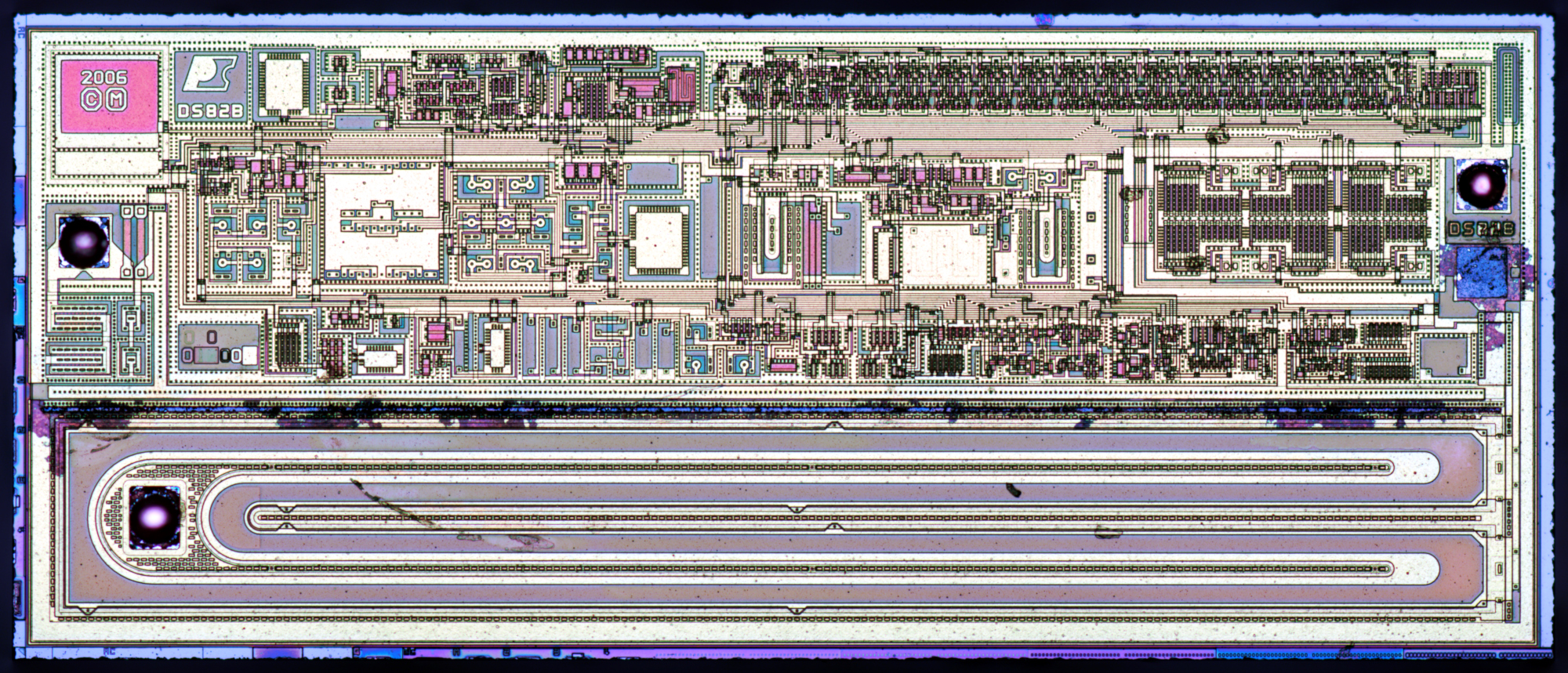Members can download this article in PDF format.
What you’ll learn:
- The main differences between Bluetooth LE, RFID, and NFC, and how all three of these technologies are now improving product security in healthcare and safeguarding patient information, among other benefits.
- The distinct advantages of Bluetooth LE, RFID, and NFC in specific healthcare applications, including patient monitoring, security, and inventory management.
- The power of integrating these technologies to create a more efficient and secure digitalized healthcare ecosystem.
The healthcare landscape is evolving rapidly, driven by advances in technology and a growing demand for more efficient, patient-focused medical solutions. Aging populations and the increasing prevalence of chronic diseases like diabetes, cardiovascular problems, and respiratory conditions are straining healthcare systems.1 In response, the “Internet of Medical Things” (IoMT) has emerged, connecting an expanding array of devices and sensors to gather real-time data that can help revolutionize healthcare.
The IoMT tackles healthcare challenges by enhancing safety, security, remote monitoring, patient self-care, and personalized therapies. Connectivity is key, making device and patient data security paramount. Vital wireless communication technologies comprise Bluetooth Low Energy (Bluetooth LE), radio-frequency identification (RFID), and near-field communications (NFC), and each contribute to a secure ecosystem of smart medical devices and medications.
Enhancing Healthcare Through Wireless Technology
The benefits of RFID, NFC, and Bluetooth LE technologies extend beyond enhancing security for medical devices. They also contribute to improving general patient safety and operational efficiency within the healthcare and pharmaceutical sectors.
These technologies play a pivotal role for smart medical devices and medicines. The integration of comprehensive product authentication and user authorization features help to manage the secure lifecycle of connected devices, assisting in the protection against cyberattacks. Sensitive patient data ought to be protected to ensure its integrity and confidentiality. This safeguards patient information, treatment effectiveness, and overall healthcare system integrity.
In the battle against counterfeit medicines and medical consumables,2 RFID and NFC offer protection along the entire supply chain, from point of manufacture right up to the delivery to the patient. By providing a robust traceability system with the ability to identify units and share cloud-based aggregation data, they help verify product originality, provenance, and guarantee patient safety.
Product authentication in pharmaceuticals and medical devices can be significantly enhanced using NFC crypto-secure tags. Authentication performs enhanced security checks based on a tag’s data and credentials, and authorization can confirm rightful access to a device, its application, and data. Using NFC tags can bring patients into the process, with easy authentication of products before purchase or use, via smartphones.
RFID and NFC can track medical assets and supplies in hospitals, which is crucial for accurate, efficient inventory management and monitoring expiration dates. Surgical tools with embedded durable tags can also be tracked to ensure availability, sterilization status, and efficient inventory management. Smart cabinets or fridges with embedded readers can automatically record when tagged items are placed in, taken out of, or returned to a storage unit and, when further equipped with sensors, can accurately control temperature.
Moreover, NFC and Bluetooth LE are able to help patients participate in self-monitoring and self-medication programs. Patients can easily access product information and instructions, or update a digital diary, using their smartphone.
Connected devices can send data directly to a smartphone via Bluetooth or patients could employ one-tap NFC. Closed-loop systems can automate communication between medical devices equipped with NFC readers and tagged consumables (e.g., injectors, inhalers), preventing the use of wrong, counterfeit, or expired consumables, and auto-configure devices with right settings.
Devices equipped with sensor technology and linked to tracking software can help patients digitally monitor and manage medication intake and minimize non-adherence. They can further opt-in to share their data with clinicians for remote monitoring.
On-body wearables featuring Bluetooth LE provide continuous monitoring capabilities of multiple body parameters and vital signs. Bluetooth LE enables the automatic alerting of these monitored parameters to a patient, family, and caregivers. A constant stream of accurate and reliable data for monitoring or precise control of therapy can be transmitted wirelessly via Bluetooth LE with minimal disruption to users’ daily activities.
Understanding the differences between Bluetooth LE, RFID, and NFC, and their distinct advantages, is vital for creating secure IoMT devices for a range of different applications. This knowledge enables engineers to develop complementary solutions that improve patient care, security, and operational efficiency.
What is Bluetooth Low Energy?
Bluetooth LE is a wireless communication technology introduced in 2010 as part of Bluetooth version 4.0. Bluetooth LE operates within a 10 m range, while Bluetooth 5.0 can extend up to 40 m. It transmits data over the 2.4-GHz spectrum with a maximum speed of 2 Mb/s.
Bluetooth LE is deployed on virtually every smartphone, enabling efficient bidirectional data exchange. One of its most significant advantages is ultra-low power consumption, making it possible for low-power devices to last for over four years on a single battery. Data transfer with a Bluetooth LE chip requires an energy source, though. It can’t operate in a purely energy-harvesting mode.
The Role of RAIN RFID Technology
RAIN RFID, a subset of RFID technology, uses the EPC Gen 2 protocol. It operates in the UHF (ultra-high frequency) band between 860 and 960 MHz. One of the key benefits of RAIN RFID is that it’s a passive technology, so there’s no need for a battery. It boasts an impressive operating range, extending up to 10 m. It can swiftly identify numerous items, handling hundreds of items per second, even without direct line-of-sight.
The technology’s extended memory capabilities also enable more information to be recorded throughout the supply-chain journey. Some variants of RAIN RFID provide enhanced security through cryptographically protected authentication functionality.
Near-Field-Communication Usage in Healthcare
NFC, a subset of RFID, is a short-range wireless communication technology with an operating range limited to less than 10 cm, which is even shorter with mobile phones. It functions on the principle of magnetic-field induction, transmitting data at 13.56 MHz (see figure).






